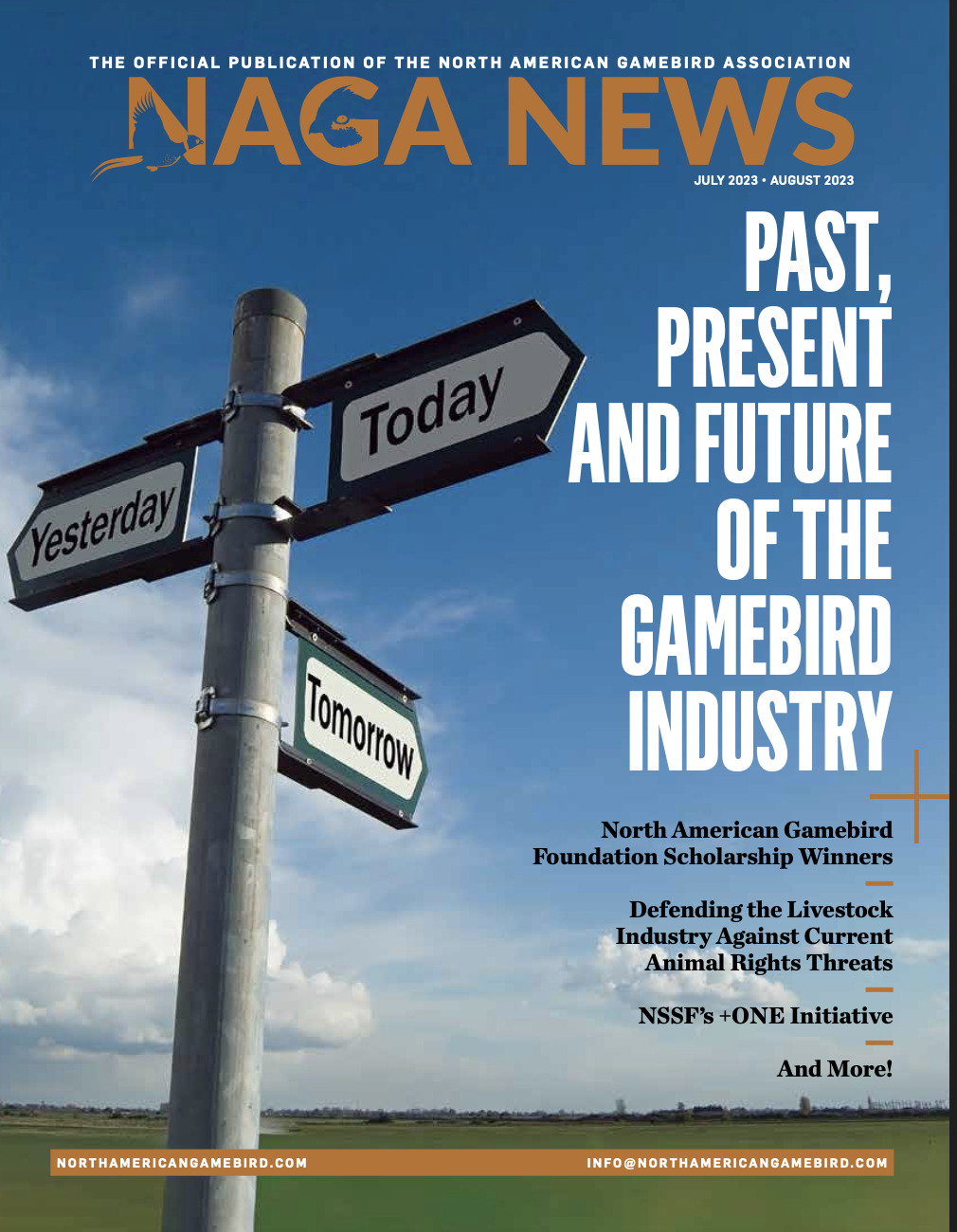It is hard to believe that in 1976 there were no PCs (personal computers), cell phones or internet. There were computers- big, heavy, bulky, whirling room-filling machines that worked very slowly. Today our hand held smart phones carry more memory than all the computing ability of NASA during the lunar landing!
In the mid 1970s, two college dropouts named Bill Gates (IBM/Windows) and Steve Jobs (Apple/Mac technology) revolutionized the PC industry. Shortly after he died of cancer in 2011, Steve Jobs’ official biography (written by Walter Isaacson) was released. It was a very honest work showing how Jobs was brutal, obsessive and not a very “nice” person but was an extremely successful businessman. While I do not recommend the book for the vocabulary sensitive, it is a good resource for understanding the development of Apple products and the conflict with competitors for the PC, tablet, software and smart phone markets.
Steve Jobs was undeniably one of the future-changers of the current era, bringing many technological advances and products to the modern culture. The Apple computer, iPod, iPhone , iPad and Pixar films are among the most well known.
Bill Gates designed separate components so the user could flexibly achieve the custom capabilities desired, and licensed out the IBM operating platform to other companies designing hardware components.
Steve Jobs liked to say he lived at “the intersection of the humanities and technology,” making technology look, work and feel good, and he liked end- to- end control. He “borrowed” the idea of pictures and icons from Xerox to make a more intuitive presentation of programs, and dictated even the curve of the product cases. Apple products intentionally were not designed for the person who wanted to build his own computer, but for the thousands who wanted it ready to run well. Job’ approach was that “customers don’t know what they want until we’ve shown them.” Jobs designed a fully integrated, small, affordable product simple enough to be used by a child, as they frequently are.
Rather than making MORE products, Jobs limited development and production to three or four products that worked really well for Consumer, Professional, Desktop and Portable. Apple products and programs initially worked extremely well for the art and music communities. Gates and IBM-compatibles were mainly business machines. In fact, for a while some of the software available for IBM clones was not available for the Apple, and vice versa. Today, most of that disparity has been resolved, and the customer can pick one that works well and find software on each side of the computer market.
Sidebar: Common computer software programs useful for the game farm and hunt club include Microsoft Office Suite which includes Word (word processing), Excel (spread sheet), PowerPoint (presentation software), and Publisher for newsletter and website design. This editor uses Adobe InDesign for publishing. For accounting, consider QuickBooks or Peachtree. For the creative, there are many Photo editing and Movie production software products.

